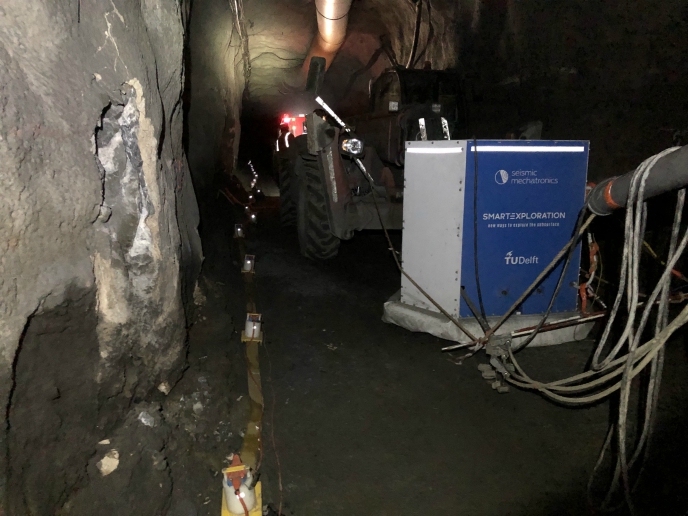Bridging algebraic geometry with computer design
The intersection between curves or surfaces can be easily calculated for low degree, implicitly defined algebraic surfaces. For instance there are closed expressions for the intersection of two straight lines that cross transversally. However, for higher degree (more than two) algebraic surfaces, such as those used in Computer Aid Design (CAD), exact implicit representations of sculptured surfaces are difficult to implement. Due to the exploding number of coefficients, CAD related algorithms may render insufficient to provide precision without being excessively resourceful in computation. This results to extremely costly processes for the industrial applications of product design. Addressing this need, the GAIA II project aimed to improve intersection algorithms for CAD systems through a unique combination of Computer Aided Geometric Design (CAGD) and classical algebraic geometry. One of the innovative areas covered by the project research work involved approximate implicitisation techniques that were further implemented into software prototypes. More specifically, the software tools adopt a traditional approach with multiplication of polynomials and a sampling-based approach, along with a new approach for piecewise approximate implicitisation. The software prototypes were tested and were found to be valuable tools in the separation of near parallel curves and surfaces in CAD intersection algorithms. Moreover, there is a great potential for these tools to be used for supporting detection of self-intersection in CAD-curves and surfaces. The approach followed can complement traditional CAD-techniques when solving the dependence of CAD-surface design on planar curves and furthermore, in the design and modification of 3D freeform curves. The software prototypes have already been presented in several conferences and published in scientific journals. They are also available for non-commercial use under open source General Public Licence (GPL) for academic studies or industrial testing. Both software and documentation are accessible through the project website: http://www.sintef.no/IST_GAIA(opens in new window)





